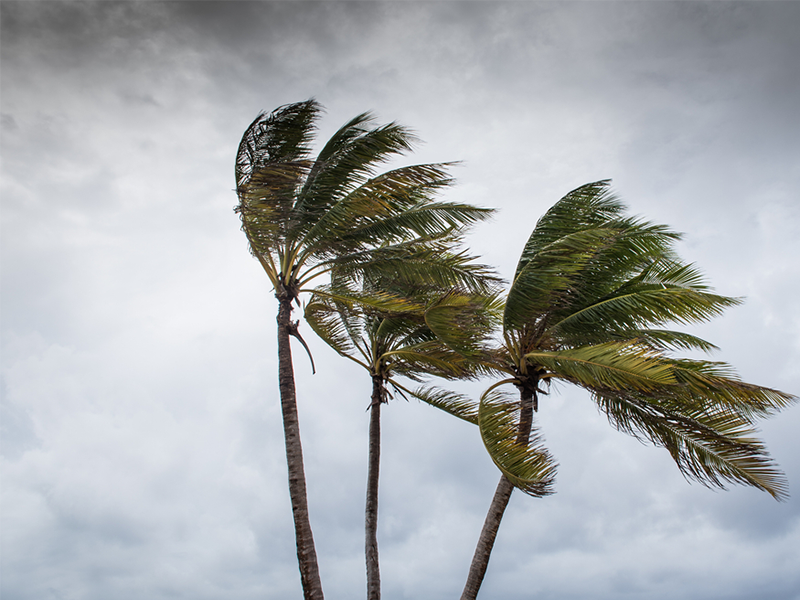
Understanding Weathervaning: Tower Crane Rotation in Storms Explained
In cities across Philippines, incidents of tower cranes spinning during storms or windy days often prompt concerned calls to the authority. For many onlookers, witnessing a tower crane in motion can be disconcerting, as these towering structures already appear to defy gravity. However, this phenomenon has a name: Weathervaning, and it is a completely safe and normal practice within the construction industry.
What Is Weathervaning for Cranes?
Weathervaning, also known as "free slewing," involves releasing the slew brake or parking brake on a crane, enabling it to rotate a full 360 degrees in alignment with the wind's natural direction. Interestingly, this concept is not exclusive to cranes; it is also utilized in various other industries, including aviation, wind energy, and maritime, allowing structures to move harmoniously with the wind.
The Purpose of Weathervaning:
The primary objective of weathervaning is to prevent potential damage caused by the force of the wind. By allowing the crane (or other structures like planes and boats) to move with the wind, it alleviates pressure and force that could otherwise exert excessive stress on the structure, potentially leading to toppling.
How Common Are Crane Accidents?
It is not common for cranes to fall over. Incidents of crane accidents are typically attributed to factors such as improper use, incorrect assembly, or more significant issues related to the structure or foundation. Adverse weather conditions contribute to only about 10% of crane accidents. Most accidents occur during equipment setup or teardown, with the majority of crane-related deaths resulting from "struck by" incidents involving objects or equipment.
Why Cranes Are Weathervaned:
Imagine the intense pressure experienced when trying to open a car door against the wind. Weathervaning aims to prevent such pressure on tall objects, reducing the risk of the tower collapsing. This safety-oriented process is activated during high winds or impending storms, as cranes are engineered to withstand winds up to 100mph when operators adhere to proper procedures.
How to Weathervane a Crane:
To initiate weathervaning, the slew brake or parking brake on a crane is removed when high winds or storms are expected. The front jib, being longer and heavier, moves in the direction of the wind, thereby lessening pressure on the tower. An essential step in this process involves surveying the surrounding area for potential debris that could be struck by the spinning crane, highlighting the importance of proactive hazard management.
Weathervaning or Free-Slewing Cranes:
Whether it's a spring storm or a windy fall night, a spinning tower crane should not cause concern. Weathervaning underscores the significance of operators following proper procedures to ensure safety for on-site personnel and the public. Understanding equipment is crucial for maintaining safety regardless of the weather conditions.



